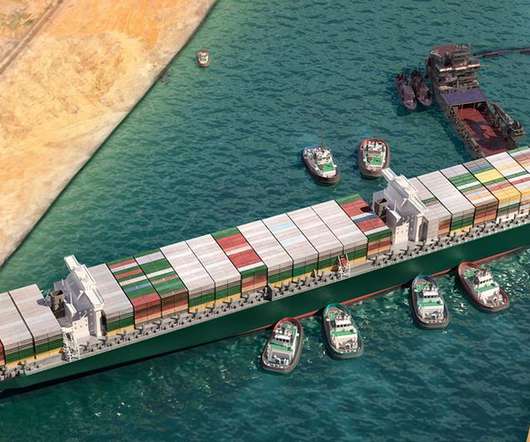The Supply Chain Impact of Europe’s Refugee Crisis
Kinaxis
OCTOBER 16, 2015
According to a recent UNHCR report , nearly 60 million people were forcibly displaced in 2014 from countries such as Iraq, Eritrea, and Afghanistan. A crisis of this magnitude creates a mind-boggling supply chain and logistics challenge. Of those 60 million people, 19.5 million were refugees. Need is clearly skyrocketing.















Let's personalize your content